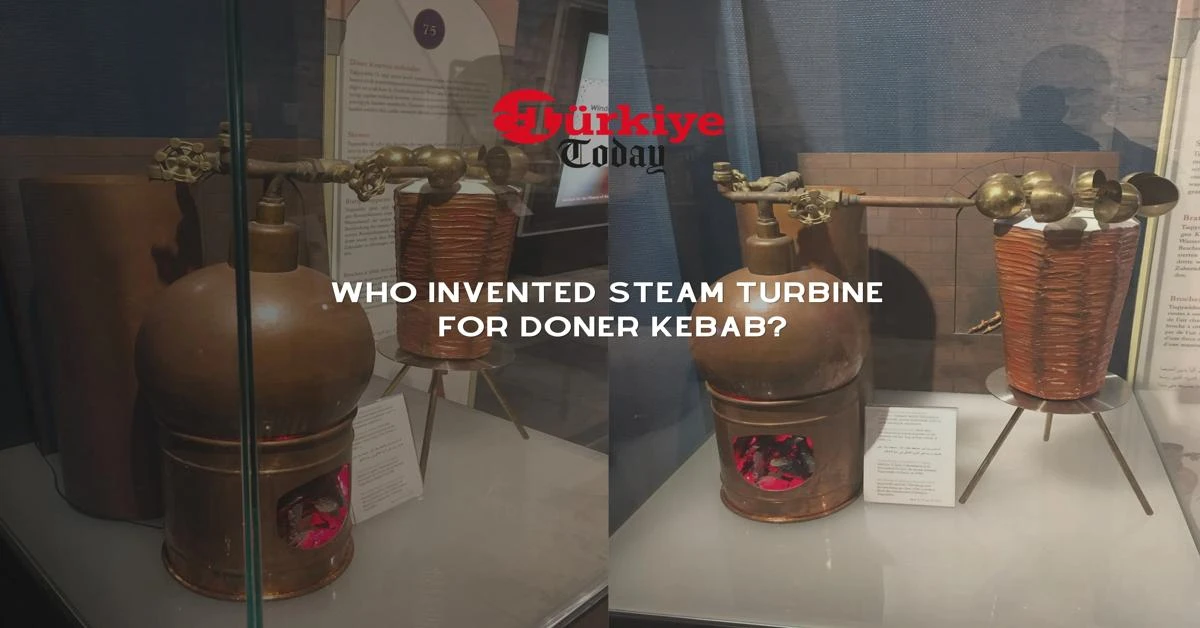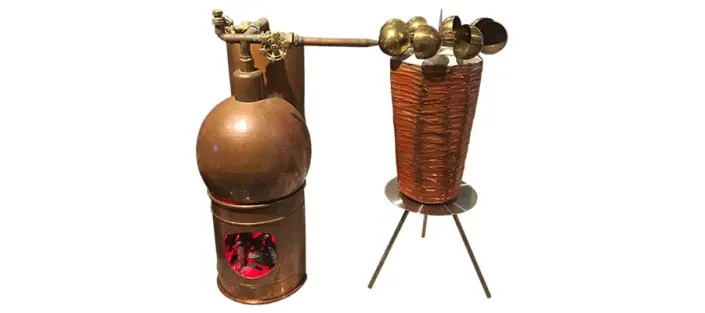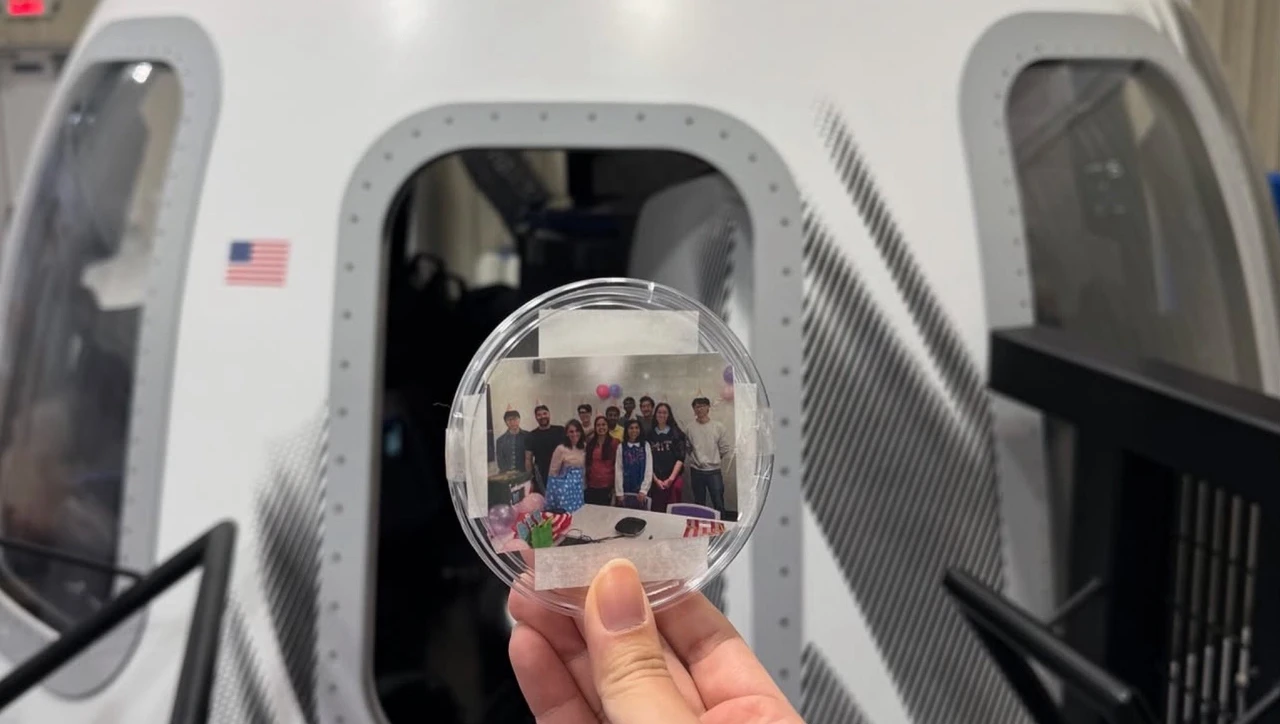First steam turbine invented by a Turk for doner kebabs

Although Giovanni Branca and John Wilkins are associated with the first steam turbine, there is a steam-powered device in the Ottoman Empire mentioned in Takiyuddin’s 1546 work
In historical accounts, Giovanni Branca is often credited with detailing a steam turbine in 1629. John Wilkins further illustrated a steam turbine in action, rotate a tool, in his “Mathematical Magic”, published in 1648.
However, recent insights into early engineering innovations shed light on Takiyuddin Muhammad ibn Ma’ruf er-Rasid (1521-1585), an Ottoman astronomer and engineer. In his 1546 work “et-Turuku’s-Seniyye fi’l-Alati’r-Ruhaniyye” (Important Methods on Automata), he intricately described three mechanisms designed to rotate a kebab skewer.

The first device is driven by steam power. The second is powered by a hot air turbine. The third is built on the principle of transmitting a relatively small power by means of gear wheels driven by a turning lever.
In the first device, a paddle cabinet-like turbine rotates the kebab skewer by means of steam escaping through a pipe from a closed, heated water boiler. According to Takiyuddin’s description, the mouth of the pipe is inserted into a container of water to reintroduce water into the boiler. He reports that such steam devices were quite common in his time.
This work can be considered a continuation of the hiyel tradition in Islamic civilization. Ilm al-hiyel is a discipline that deals with the functioning of pneumatic and hydraulic systems. Leading figures in this science were the Benu Musa brothers – Abu Ja’far Muhammad ibn Musa ibn Sakir, Ahmad ibn Musa ibn Sakir, Al-Hasan ibn Musa ibn Sakir – Abu Reyhan Muhammad ibn Ahmad al-Biruni, al-Jazari, al-Muradi of Andalusia and Taqiyuddin.
In this work, Takiyuddin’s description of mechanical instruments is based on the study of the principles of air, space and equilibrium. The book consists of an introduction and six parts. Its content is as follows:
- Chapter One – Clocks.
- Chapter Two – Instruments for lifting heavy loads.
- Chapter Three – Mechanical devices that raise water.
- Chapter Four – Making of a continuous sound with a refrain, the shape of which is not different from that of various fountains.
- Chapter Five – Various instruments.
- Chapter Six – Use of a skewer, a self-rotating instrument for roasting meat without the movement of an animal.



